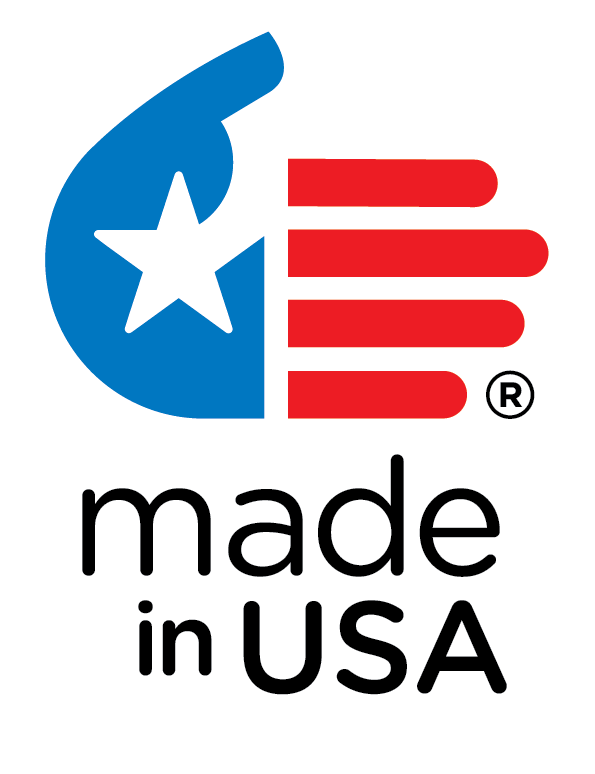Back to Education
Opening the DNA Past with TrueAllele® Automation
M. W. Perlin, "Opening the DNA Past with TrueAllele® Automation", Justice & Professionalism Meeting , Virginia Association of Commonwealth's Attorneys, Richmond, VA, Jul-2021.
Talk
PowerPoint presentation of Dr. Perlin's talk.
Download Handout
Download PowerPoint
Abstract
DNA provides powerful physical evidence in criminal cases, showing who was or wasn’t present at a crime scene. However, the science has been hamstrung by limited use of DNA data, particularly with mixtures of two or more people. Human inability to fully interpret DNA data discards important DNA evidence as “inconclusive," or artificially reduces DNA match information. Such loss of scientific evidence can lead to injustice.
Cybergenetics developed TrueAllele® technology twenty years ago to let computers overcome these human limitations (1). TrueAllele uses Bayesian probability modeling to consider all possible genotype solutions (2). The computer provides accurate and objective match statistics for DNA mixtures containing as many as five (3) or ten (4) unknown contributors.
The technology has been used in 45 states. It has overcome admissibility challenges in over 30 cases. TrueAllele is regularly used by prosecutors and defenders to find truth in DNA evidence. It has helped exonerate 10 innocent men. As a fully automated genotyping system (5), TrueAllele enables large-scale analysis of thousands of DNA mixtures.
The last twenty years of DNA mixture interpretation failure is well-documented (6). In 2005, the federal government showed that most crime labs got no result, or the wrong answer, on simple two-person mixtures (7). A 2013 New York state police article showed they couldn’t interpret 70% of their DNA mixtures (8). In 2014, Virginia reported a 2%–7% false positive DNA match rate using manual mixture analysis (9). A 2015 study established that manual mixture interpretation is inherently flawed – it cannot give accurate DNA match statistics (10).
Commonwealth v. Brady was one of 72 Virginia cases where TrueAllele found probative results in DNA mixtures that manual analysis could not solve (9). In Brady, the computer’s better DNA results helped convict the killer of an elderly couple. It would make sense to review all past DNA cases in Colonial Heights to see whether TrueAllele automation can reveal more forensic information. Discovering truth in DNA evidence – whether inculpatory or exculpatory – will help bring better justice through science.
To start this justice project, a prosecutor's office can request DNA lab reports and electronic data files from their state or local crime laboratory for all cases with DNA evidence ever done in their jurisdiction. Cybergenetics will use its TrueAllele system to re-examine the county’s DNA data, and report on the findings. The prosecutor can then review the computer’s match results. Should new DNA evidence arise in a case, the prosecutor can then decide how to proceed with prosecution, exoneration, or follow-on forensic services.
References
- Perlin MW, Szabady B. Linear mixture analysis: a mathematical approach to resolving mixed DNA samples. J Forensic Sci. 2001;46(6):1372-7.
- Perlin MW, Sinelnikov A. An information gap in DNA evidence interpretation. PLoS ONE. 2009;4(12):e8327.
- Perlin MW, Hornyak J, Sugimoto G, Miller K. TrueAllele® genotype identification on DNA mixtures containing up to five unknown contributors. J Forensic Sci. 2015;60(4):857-68.
- Bauer DW, Butt N, Hornyak JM, Perlin MW. Validating TrueAllele® interpretation of DNA mixtures containing up to ten unknown contributors. J Forensic Sci. 2020;25(2):380-98.
- Perlin MW, Lancia G, Ng S-K. Toward fully automated genotyping: genotyping microsatellite markers by deconvolution. American Journal of Human Genetics. 1995;57(5):1199-210.
- Perlin MW. When DNA is not a gold standard: failing to interpret mixture evidence. The Champion. 2018 May:50-6.
- Butler JM, Kline MC. NIST mixture interpretation interlaboratory study 2005 (MIX05), Poster #56. Promega's Sixteenth International Symposium on Human Identification; Grapevine, TX 2005.
- Perlin MW, Belrose JL, Duceman BW. New York State TrueAllele® Casework validation study. J Forensic Sci. 2013;58(6):1458-66.
- Perlin MW, Dormer K, Hornyak J, Schiermeier-Wood L, Greenspoon S. TrueAllele® Casework on Virginia DNA mixture evidence: computer and manual interpretation in 72 reported criminal cases. PLoS ONE. 2014;9(3):e92837.
- Perlin MW. Inclusion probability for DNA mixtures is a subjective one-sided match statistic unrelated to identification information. J Pathol Inform. 2015;6(1):59.
